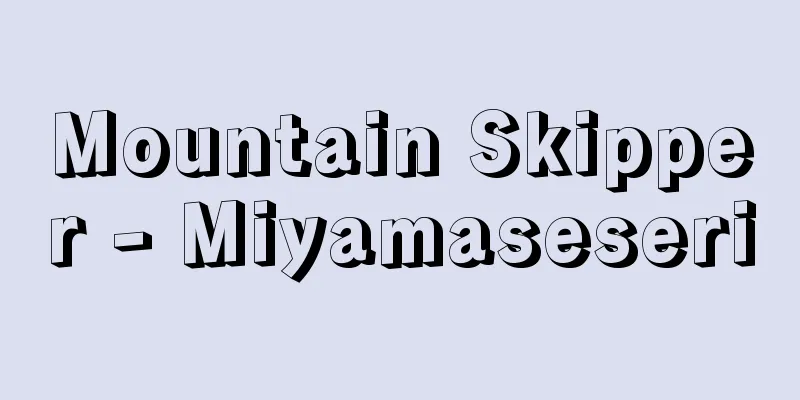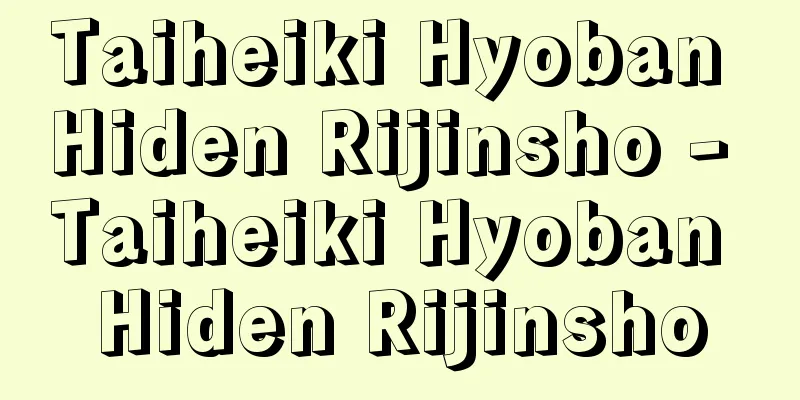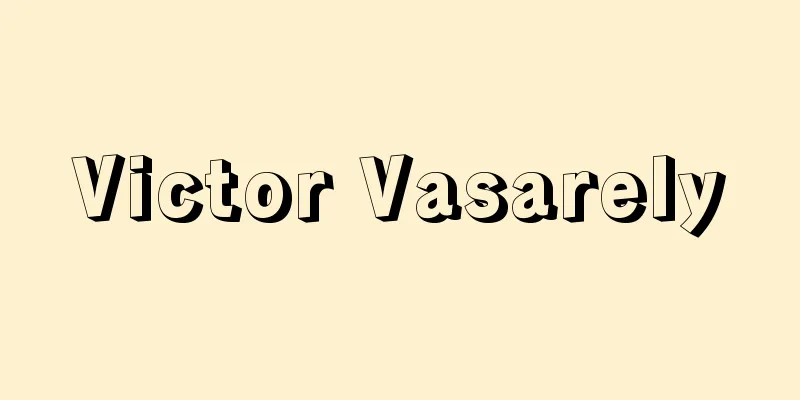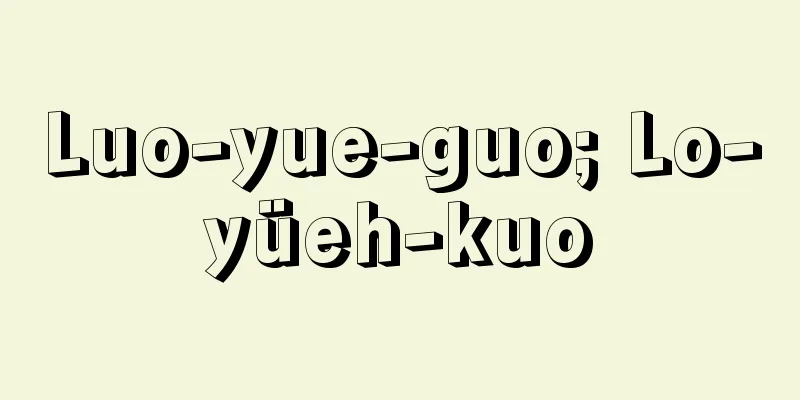Geneva - Geneve (English spelling)

|
A city in southwestern Switzerland. It is the second largest city in the country after Zurich, and the capital of the canton of Geneva. Its English name is Geneva, and its German name is Genf. It has a population of 175,998 (2001). It is located on both sides of the Rhône River where it flows out of Lake Geneva in the southwestern tip of Switzerland. It is in a valley overlooking the Jura Mountains to the northwest and the Alps to the southeast, and is close to the border with France. As a result, it is influenced by French ways of thinking and life, and is also called the "Paris of Switzerland." 70% of the residents speak French, and the number of Protestants and Catholics is equal. The origins of the lakeside settlement date back to the Paleolithic period, but its development as a city owes much to the 16th century religious reformer J. Calvin, and it became the center of the European Reformation and a global center of Protestantism. The 18th century philosophical and educational studies of Rousseau and the thriving research of natural sciences by H.B. de Saussure and others formed the foundation of the city's current academic and cultural scene. It was the location of the International Committee of the Red Cross, founded by Dunant, who was born here, and the Palais des Nations, where the League of Nations was established after World War I, is now the European headquarters of the United Nations. It is also an international city, home to many international organizations such as the International Labor Organization, the World Health Organization, and the World Meteorological Organization, and international conferences are frequently held there, with foreigners living in the city accounting for 37.6% of the population. In the 16th and 17th centuries, religious refugees from France came to Switzerland, and their watchmaking techniques gave rise to the watch industry, which became a representative industry of Switzerland. The textile industry, which was thriving until the end of the 19th century, has now been replaced by machinery industries (turbines, locomotives, sewing machines, etc.), precision equipment manufacturing, and chemical manufacturing. Traditional jewelry manufacturing remains to this day. It also functions as a commercial and trade center, serving as the gateway to the southwest of Switzerland. Various trade fairs are held here, and the annual automobile fair is particularly famous. The University of Geneva, the oldest in the French-speaking part of Switzerland (founded as an academy in 1559 and became a university in 1873), has many students from the German-speaking part of the country. Researchers from all over the world gather at the European Laboratory for Nuclear Research (CERN). The city is divided in two by the Rhône River, and the old town is located on the hills on the left bank. Its symbol is the Saint-Pierre Cathedral, and other attractions include the Reformation Monument, the university, the Museum of Art and History, and the city hall. The old town, which includes these, is lined with quaint buildings. The right bank is the new town, where the station and post office are located, and residential areas spread out from here. With beautiful gardens on the lake shore and in the city, and a distant view of the famous Mont Blanc in the Alps, this town is said to be the most beautiful city in Switzerland. The Canton of Geneva was the last canton to join the Confederation in 1815, and has an area of 282 square kilometers and a population of 414,300 (2001). The city of Geneva is at its center, and is surrounded by agricultural regions that supply grains, vegetables, fruits, and other products to France. [Ikuo Maejima] historyIt flourished during the Roman Empire as a base for water trade and land transport using the Rhône River and Lake Geneva. It became the seat of a bishopric around 400. After the collapse of the Carolingian Empire, it became part of the Kingdom of Burgundy, and then the Holy Roman Empire in 1032. However, the local lord, the Count of Geneva, and the bishop fought for a long time over control of the city. An agreement in 1124 gave the bishop official authority as the lord of the city for the first time. From the second half of the 13th century onwards, the House of Savoy began to establish a foothold in Geneva, and this time a struggle unfolded between the House of Savoy and the bishop as the lord of the city. During this time, the bishop granted Geneva a "free charter" in 1387. The existence of a city council was confirmed in the early 15th century. Meanwhile, the House of Savoy gained control of the land surrounding the city and many members of the House of Savoy came to be appointed to the position of bishop, threatening the city's autonomy. In 1533, the bishop tried to hand over control of the city of Geneva to the House of Savoy, so the citizens expelled the bishop from the city. This struggle for independence was supported by Bern and Fribourg, which had been allies since 1526. The introduction of the Reformation by Farel and Calvin after 1536 also played a role in completing Geneva's political and ecclesiastical independence from the bishop. However, Geneva, which had become a Protestant city, was unable to join the Swiss Confederation due to strong opposition from the Catholic cantons of Switzerland. In the early 17th century, the House of Savoy failed in a surprise attack to turn things around, and officially recognized the independence of the city-republic of Geneva. Geneva joined the Swiss Confederation in 1815, after the collapse of the Napoleonic regime. [Yasushi Morita] A monument erected in 1917 to commemorate the 400th anniversary of the birth of the religious reformer J. Calvin. The statues of Calvin and four other religious reformers are engraved on it (from left to right: Farel, Calvin, Beze, and Knox). Geneva, Switzerland ©Shogakukan "> Reformation Wall Source: Shogakukan Encyclopedia Nipponica About Encyclopedia Nipponica Information | Legend |
|
スイス南西部の都市。チューリヒに次ぐ同国第二の大都市で、同名の小州ジュネーブ州の州都。英語名ジェニーバGeneva、ドイツ語名ゲンフGenf。人口17万5998(2001)。スイス南西端のレマン湖(ジュネーブ湖)からローヌ川が流出する地点の両岸に位置する。北西にはジュラ山脈、南東にはアルプスの山地を望む谷間にあり、フランスとの国境に近い。そのため、フランス風の思考・生活様式の影響を受け、「スイスのパリ」ともよばれる。住民の7割はフランス語を話し、プロテスタントとカトリック教徒の数は相なかばする。湖岸集落の起源は旧石器時代にさかのぼるが、都市としての発展は16世紀の宗教改革者J・カルバンに負うところが大で、ヨーロッパの宗教改革の中心地、さらにはプロテスタンティズムの世界的な中心都市となった。18世紀のルソーによる哲学・教育学、H・B・ド・ソシュールなどによる自然科学研究の活況が、現在のこの都市の学術・文化の基礎となった。この町出身のデュナンが創設した赤十字の国際委員会の所在地であり、第一次世界大戦後に国際連盟が置かれたパレ・デ・ナシオンは、現在国連ヨーロッパ本部となっている。そのほか、国際労働機関、世界保健機関、世界気象機関をはじめ多くの国際的な機関がある国際都市で、国際会議が頻繁に開催され、市内に住む外国人の数は人口の37.6%を占める。 16~17世紀にフランスからの宗教難民が入り込み、彼らがもつ時計製造の技術がここに時計工業をおこし、スイスの代表的な工業とした。19世紀末まで盛んであった繊維工業にかわって、現在は機械工業(タービン、機関車、ミシンなど)、精密機器製造業、化学工業などが盛んである。伝統的な装身具製造もいまに残っている。また、スイス南西の玄関として、商業・貿易の中心としての機能も備えている。各種見本市が開かれるが、なかでも毎年の自動車見本市は有名である。スイスのフランス語圏最古のジュネーブ大学(1559年アカデミーとして創設、1873年大学となる)には、国内のドイツ語圏からも在学する学生が多い。ヨーロッパ共同原子核研究所(CERN)には、世界中から研究者が集まる。市街はローヌ川により二分され、左岸の丘陵部に旧市街がある。その象徴はサン・ピエール大聖堂で、ほかに宗教改革記念碑、大学、美術歴史博物館、市庁舎などがあり、これらを含む旧市街には古い趣(おもむき)のある建物が並ぶ。右岸は新市街で、駅や郵便局があり、住宅地がここから広がっている。湖岸や市中に美しい庭園があり、アルプスの名山モンブランを遠望できるこの町は、スイスでもっとも美しい都市といわれる。 ジュネーブ州は1815年に連邦に最後に加盟した州で、面積282平方キロメートル、人口41万4300(2001)。ジュネーブ市域を中心に、フランスへの穀物、野菜、果物などを供給する農業地域がその周辺を取り巻く。 [前島郁雄] 歴史ローヌ川、レマン湖を利用した水上交易、および陸上交通の拠点として、ローマ帝政時代より栄えた。400年ごろより司教所在地となる。カロリング帝国の崩壊後、ブルグント王国、ついで1032年以降神聖ローマ帝国に属したが、都市支配権をめぐって在地の領主ジュネーブ伯と司教は長期間争った。1124年の協定により、初めて司教が都市領主として正式に君臨することになった。13世紀後半以降になるとサボイア家がジュネーブに支配の足場を築き始め、今度はサボイア家と都市君主たる司教の闘争が展開された。この間、司教は1387年に「自由特許状」をジュネーブに与えている。15世紀初頭には、市参事会の存在も確認される。一方、サボイア家は都市周辺の土地を支配下に収め、司教の地位にも同家の出身者を多数つけるようになり、都市の自治を脅かした。1533年司教は都市ジュネーブの支配権をサボイア家に譲り渡そうとしたので、市民は司教を都市から追放した。この独立闘争には、1526年以来同盟関係にあったベルンとフリブールの後押しがあった。1536年以降のファレルとカルバンによる宗教改革の導入は、司教からの政治的、教会的自立を完成させる役割も負うことになった。しかし、新教派都市となったジュネーブは、スイスのカトリック諸州の強い反対でスイス連邦に加入することはできなかった。17世紀初頭サボイア家は巻き返しの奇襲に失敗して、正式に都市共和国ジュネーブの独立を認めた。ジュネーブがスイス連邦に加入したのはナポレオン体制崩壊後の1815年である。 [森田安一] 宗教改革者J・カルバンの生誕400年を記念して1917年に建立された記念碑。カルバンをはじめとする4人の宗教改革者の像が刻まれている(向かって左からファレル、カルバン、ベーズ、ノックス)。スイス ジュネーブ©Shogakukan"> 宗教改革記念碑 出典 小学館 日本大百科全書(ニッポニカ)日本大百科全書(ニッポニカ)について 情報 | 凡例 |
Recommend
Theodosian Dynasty - Theodosius
The period refers to the period following the deat...
Board of Education
〘 noun 〙 Members of the Board of Education. People...
Brotherhood of Faith - Kyodai Shinjinkai
...Strikes against employers were often launched,...
Military training - Gunjikyoren
A general term for military education given to th...
Hongo [village] - Hongo
A village in Kuga County in eastern Yamaguchi Pref...
Shigella flexneri (English spelling) Shigellaflexneri
… [Shoji Tachikawa]. … *Some of the terminology t...
Seito - Seito
A literary magazine for women. Six volumes and 52...
Calvin
American biochemist. Son of Russian immigrants. A...
Ooki Sentoku
…Published in 1704 (Genroku 17). Edited by Oki Se...
Octobrachiata
…A general term for mollusks belonging to the ord...
Gance, A. (English spelling) GanceA
...French film director. Born and died in Paris. ...
Acer diabolicum (English spelling) Acerdiabolicum
… [Ken Ogata]. . … *Some of the terminology that ...
Bulbophyllum inconspicuum (English spelling) Bulbophyllum luminconspicuum
… [Ken Inoue]. … *Some of the terminology that me...
British Overseas Airways Corp.
…It has been flying to Japan since 1948, followin...
Gorakhpur
A city in northern India, in the eastern part of U...









